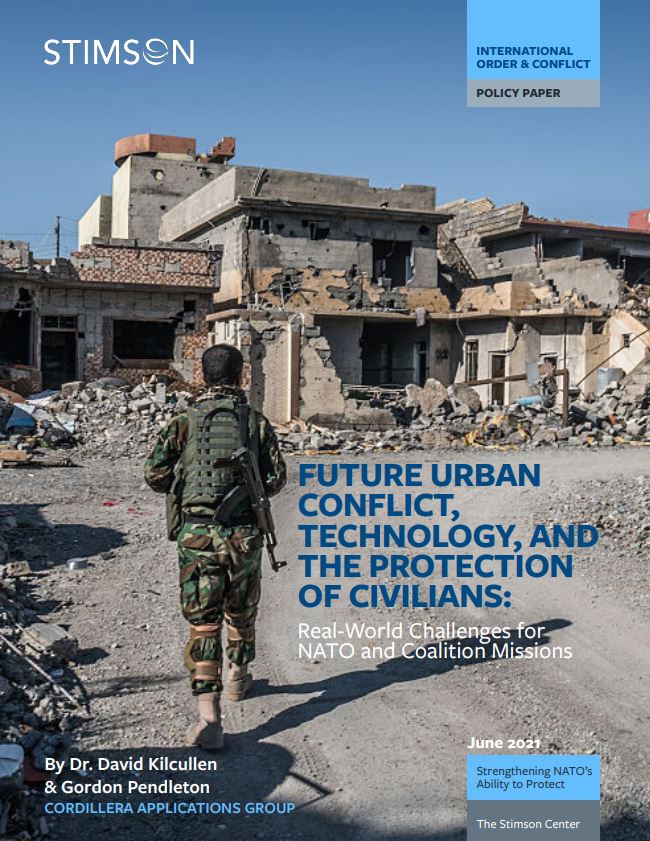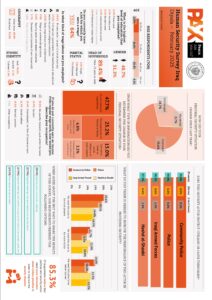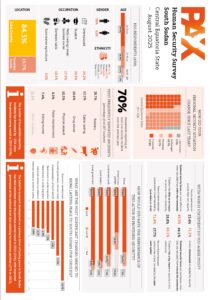Future urban conflict, technology and the protection of civilians
This paper was prepared by Cordillera Applications Group (Cordillera) to support the Stimson Center’s and PAX's efforts to understand the impact of increased urban conflict on the protection of civilians. The paper explores urban protection of civilians by examining, in turn, the nature and importance of the future urban and littoral environment, the impact of future threats and technologies on that environment, and the implications for actors concerned with supporting the protection of civilians. The paper then draws findings into a set of recommendations for those working to protect civilians in future urban conflicts.
The traditional military approach assumes that urban areas should be avoided, bypassed, and entered only as a last resort, while recognizing that many of the major battles in history occurred in cities. More recent and realistic studies identify the urban environment as one that cannot be avoided, especially if the concept of military operations is expanded to include a multi-domain “conflict continuum” from cooperation through competition to crisis and conflict. The implications of an increasingly urbanized world for military operations, and consequently for the protection of civilians, are significant. Traditionally, the challenge for military forces is how to defeat threats embedded and diffused within the population, without causing catastrophic damage to civil society, destruction of critical urban infrastructure, and civilian casualties. Emerging and disruptive technologies, however, will exacerbate the threat to civilians and complicate the challenge for military forces to conduct operations. This challenge is particularly relevant in a NATO Article V type scenario involving peer-on-peer forces, including potentially massive destruction of infrastructure and subsequent risk to the civilian population.
About this publication
Strengthening NATO’s Ability to Protect is a research initiative of the Transforming Conflict and Governance Program at the Stimson Center. This project seeks to build bridges between NATO stakeholders and the expert community to act on the Alliance’s ambition to protect civilians in its operations around the world. To help NATO succeed, Stimson launched this project, in partnership with PAX and supported by the Dutch Ministry of Foreign Affairs, to cultivate and offer external expertise to NATO as well as assess the current levels of doctrine and guidance on PoC within NATO nations and partners. Emphasis is on solutions-focused research and building bridges across governments, academia, international organizations, and NGOs. In support of this project, Stimson is commissioning a series of papers authored by leading experts in their fields that considers protecting civilians and NATO’s future missions, capabilities, and approaches. The papers, published throughout 2021 and 2022, aim to engage NATO stakeholders as they consider NATO’s role in future conflict, support further implementation of the NATO Policy on the Protection of Civilians, and focus on NATO’s 2030 agenda and beyond.
About this report
Date of publication:
Jun 10, 2021
Author:
Dr. David Kilcullen & Gordon Pendleton (Cordillera Application Group)
Publisher:
The Stimson Center
Extra:
This publication is part of the "Strengthening NATO’s Ability to Protect" project, a partnership with Stimson and PAX, supported by the Dutch Ministry of Foreign Affairs.
About the "Strengthening NATO’s Ability to Protect" projectMore publications from the "Strengthening NATO’s Ability to Protect" projectTopic
Global
Future urban conflict, technology and the protection of civilians
Jun 10, 2021, Dr. David Kilcullen & Gordon Pendleton (Cordillera Application Group)


